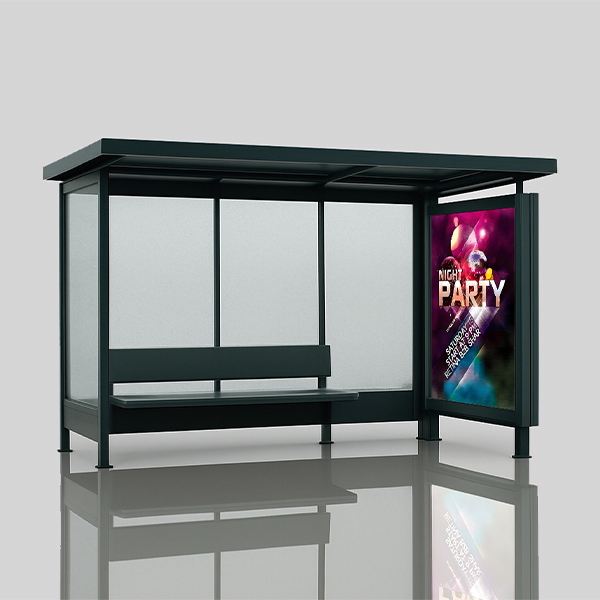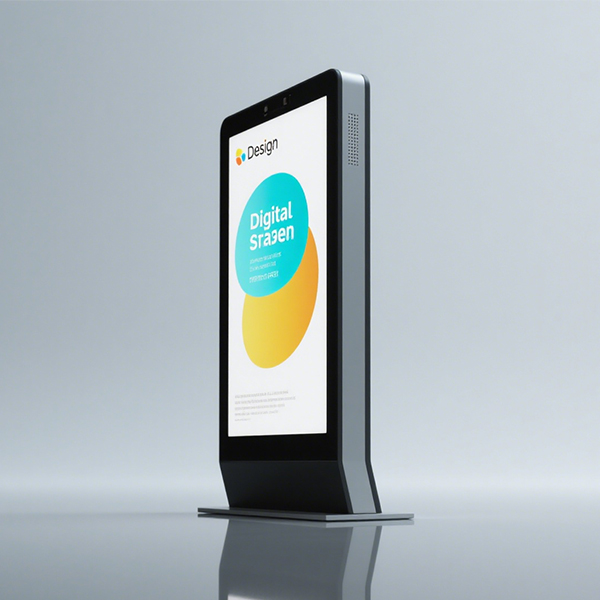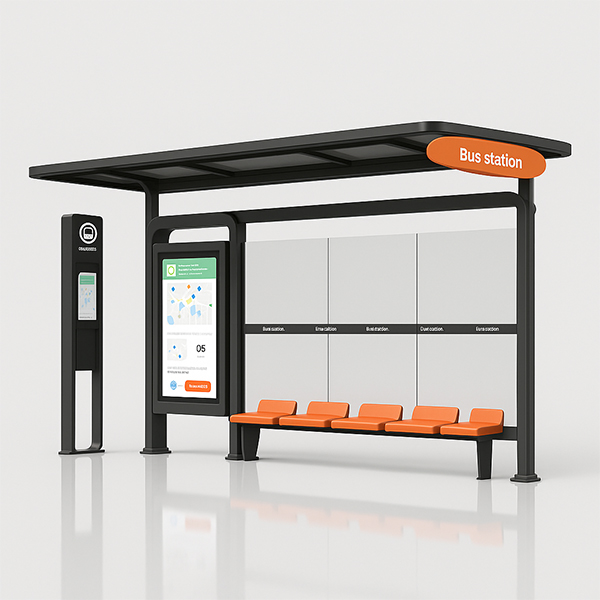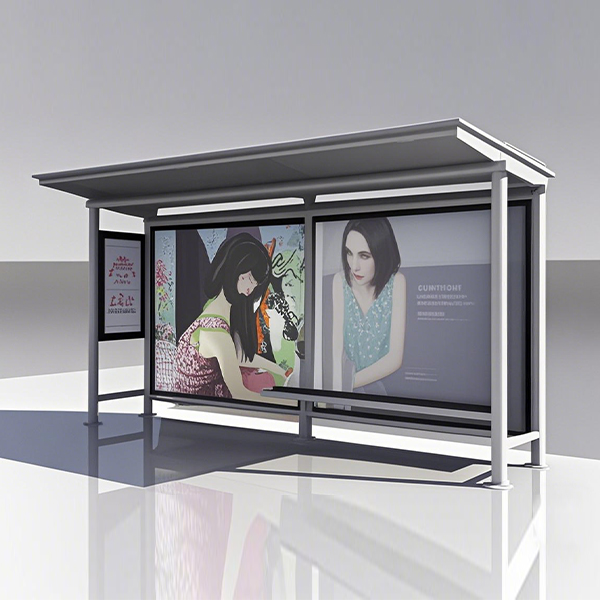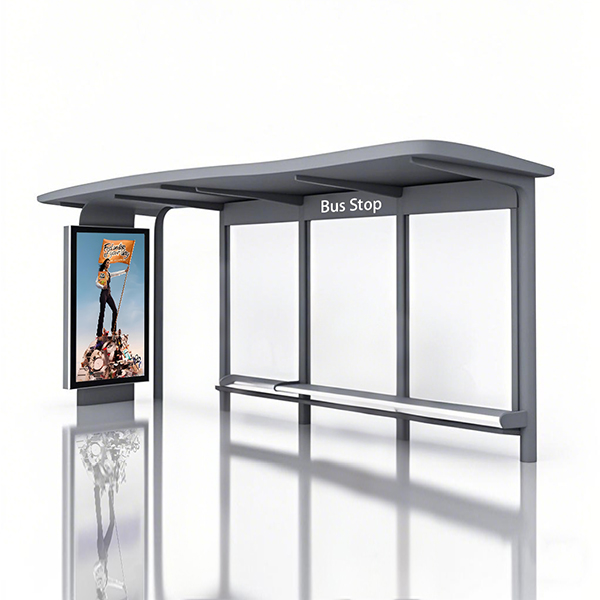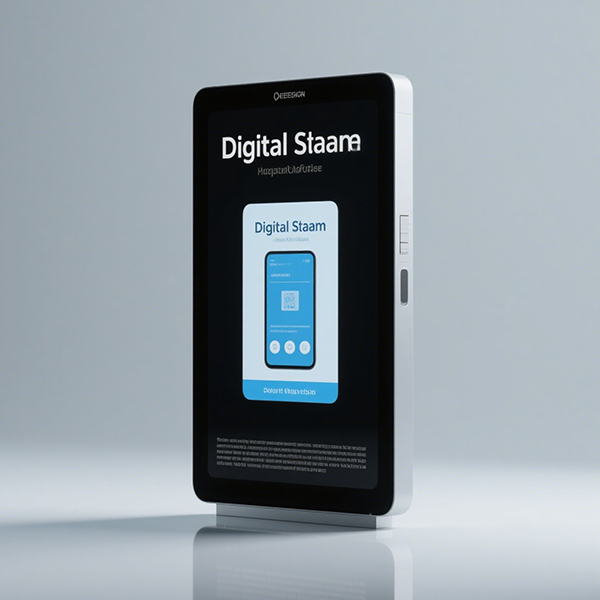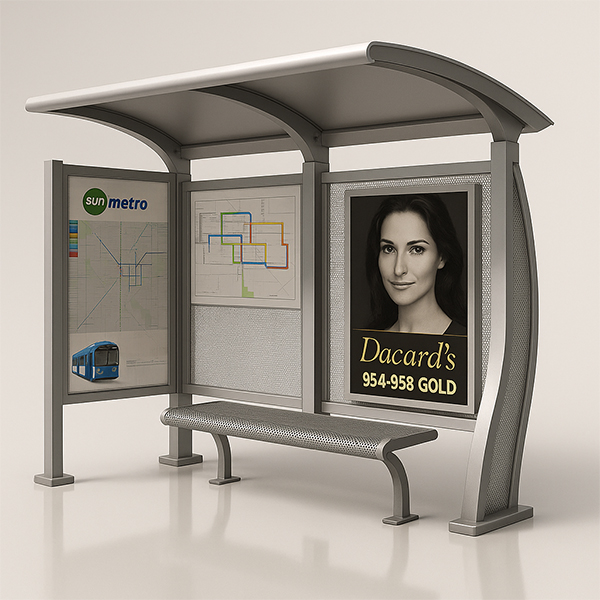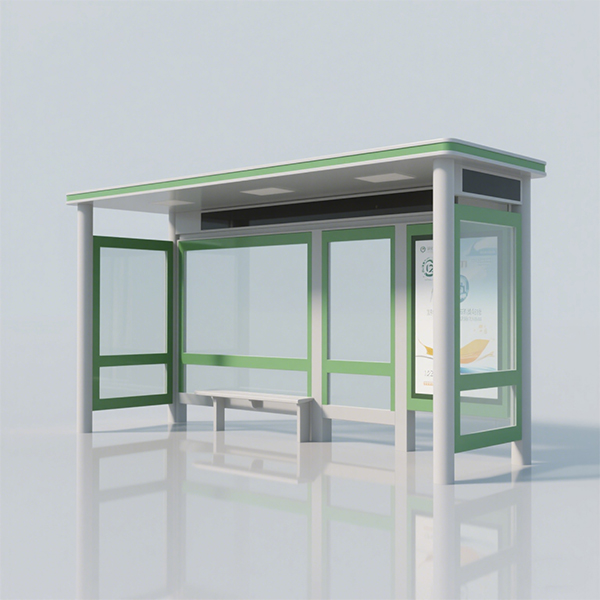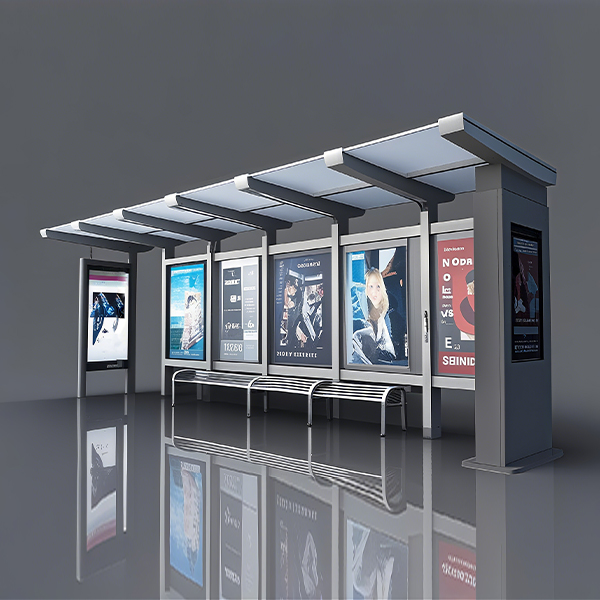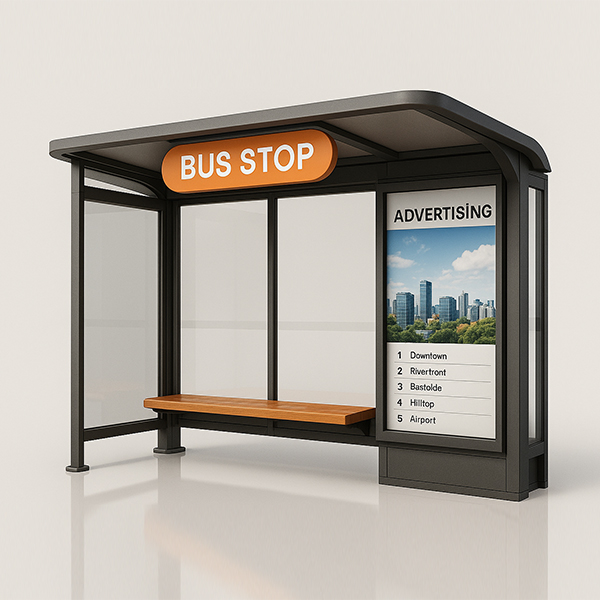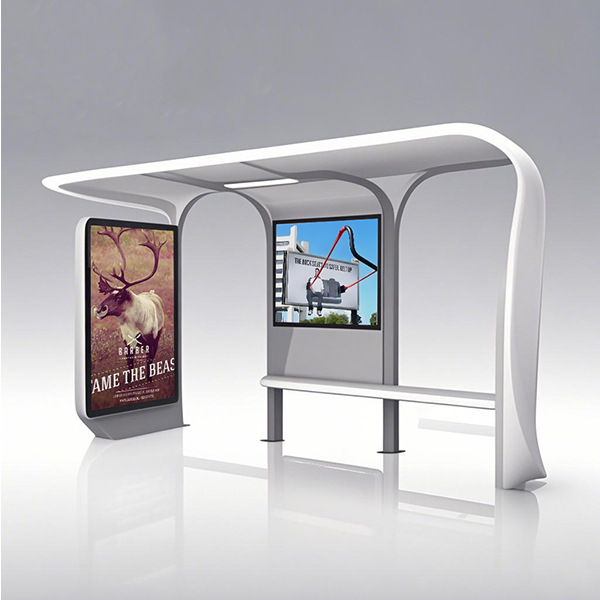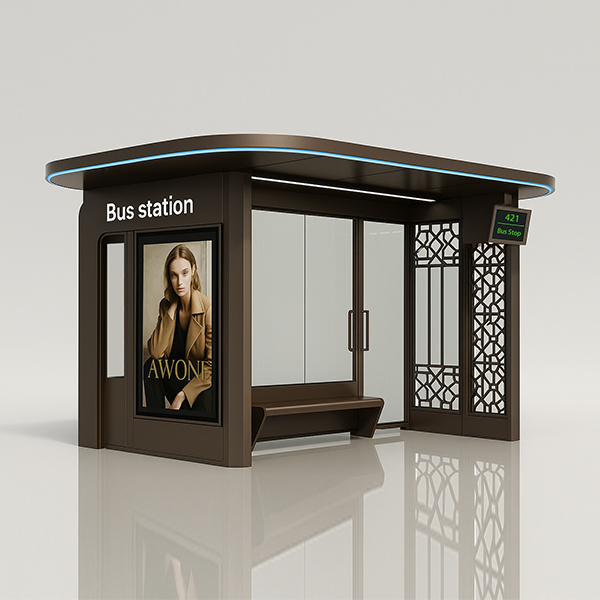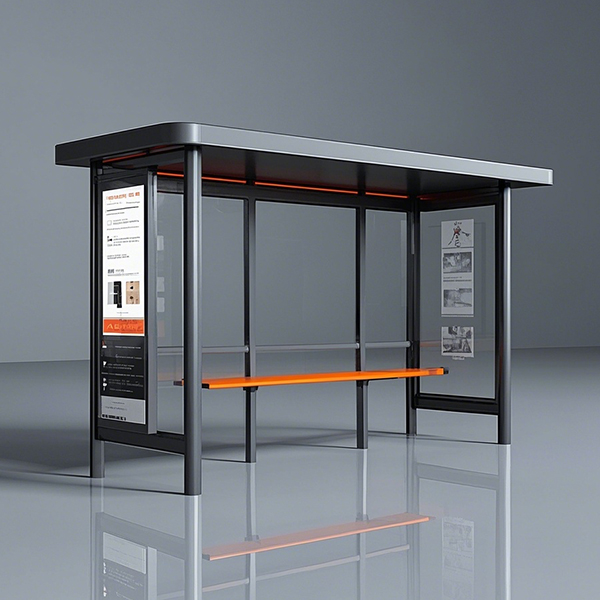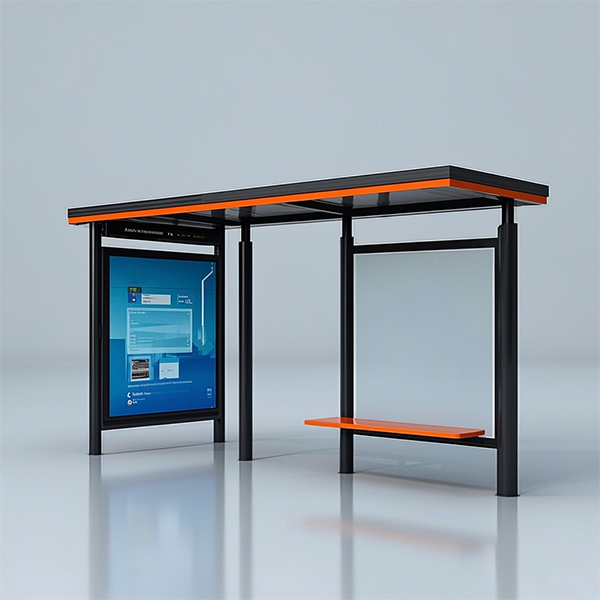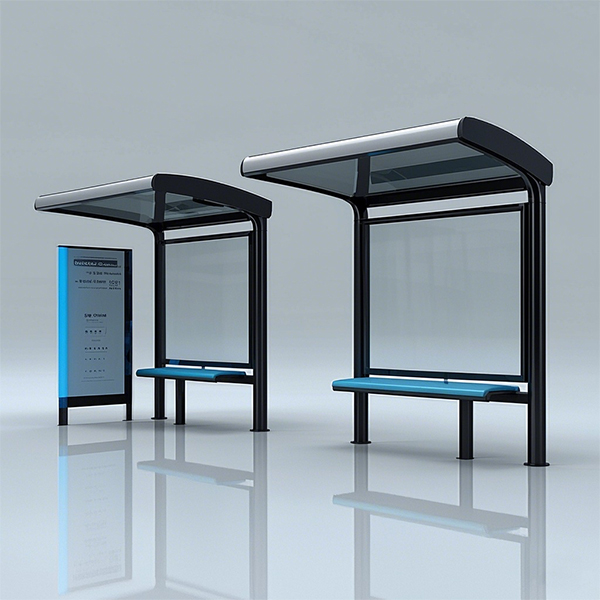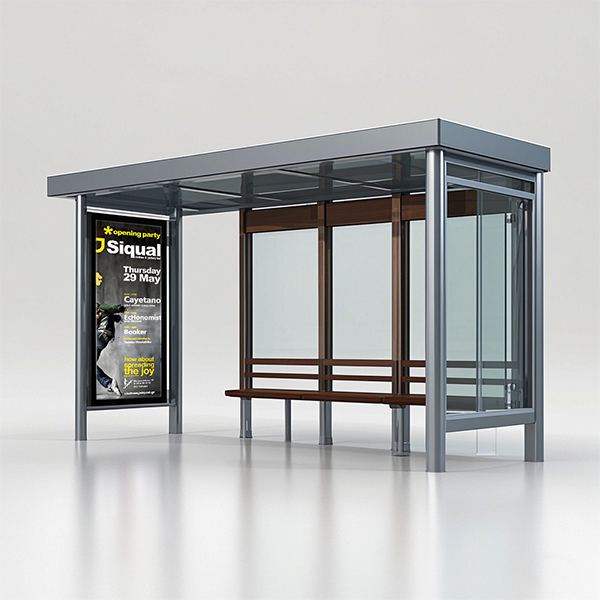
simple digital signage
This guide explores the world of simple digital signage, covering everything from choosing the right hardware and software to designing effective content and maximizing your return on investment. We'll delve into the benefits, common applications, and best practices to help you implement a successful simple digital signage solution. Learn how to easily create engaging displays that enhance communication and improve efficiency.
Understanding Simple Digital Signage
What is Simple Digital Signage?
Simple digital signage refers to the use of digital displays to communicate information in a straightforward and easily understandable manner. Unlike complex systems requiring extensive programming or technical expertise, simple digital signage solutions prioritize ease of use and accessibility. This often involves user-friendly software interfaces and pre-designed templates, allowing users with minimal technical skills to create and manage their digital displays effectively. Think clear messaging, attractive visuals, and straightforward operation.
Benefits of Simple Digital Signage
Implementing simple digital signage offers several key benefits: improved communication, enhanced brand consistency, increased engagement, and cost-effectiveness. Businesses can easily update information, ensuring customers always have access to the most current details. This reduces reliance on static print materials, resulting in cost savings and environmental benefits. Furthermore, a well-designed simple digital signage system can significantly improve the overall customer experience.
Choosing the Right Hardware and Software
Hardware Options for Simple Digital Signage
The hardware for simple digital signage can range from affordable smart TVs and monitors to dedicated digital signage players. Smart TVs are a cost-effective entry point, often offering built-in features suitable for basic applications. Dedicated players offer improved reliability, security, and features such as remote management and content scheduling. Consider factors such as screen size, resolution, brightness, and location when making your selection. For outdoor use, you'll need a display with high brightness to combat sunlight. For indoor use, the environment determines the ideal screen size and resolution.
Software Solutions for Simple Digital Signage
Many user-friendly software platforms cater specifically to simple digital signage. These platforms usually offer drag-and-drop interfaces, pre-designed templates, and scheduling tools. Some popular options include (but are not limited to) [insert examples of user-friendly digital signage software with links and nofollow attributes here – e.g., `Example Software`]. When choosing software, consider features such as ease of use, content creation tools, scheduling capabilities, and remote management options. Look for integrations with your existing systems for seamless operation.
Designing Effective Digital Signage Content
Creating Engaging Visuals
Effective simple digital signage content utilizes high-quality visuals and clear messaging. Use professional-looking graphics and avoid cluttered designs. Prioritize readability with appropriate font sizes and contrast. Consider using videos or animations to enhance engagement, but keep them short and to the point. Remember, the goal is to communicate information clearly and concisely. Less is often more.
Effective Content Strategies
A successful simple digital signage strategy involves careful planning and execution. Consider your target audience and what information they need or want to see. Use a mix of content types – text, images, videos – to maintain interest and avoid monotony. Regularly update your content to keep it fresh and relevant. Track your results and adjust your strategy accordingly to optimize performance.
Case Studies: Real-World Examples of Simple Digital Signage
Example 1: Retail Application
A small retail store uses a simple digital signage system to display daily specials, promotions, and new product announcements on a large screen near the entrance. The system is managed by the store owner using user-friendly software, allowing for easy updates throughout the day. This has led to increased sales and better customer engagement.
Example 2: Office Environment
An office uses simple digital signage to communicate important announcements, company news, and employee recognition. This system replaced a traditional bulletin board and improves communication efficiency. The ease of use allows any employee to quickly add important information to the display.
Conclusion
Implementing simple digital signage can significantly benefit businesses of all sizes. By carefully considering hardware and software options, designing engaging content, and employing effective content strategies, you can create a system that enhances communication, improves efficiency, and drives results. Remember to start with a clear understanding of your needs and objectives. For more advanced solutions or large-scale deployments, consulting with a digital signage specialist may be beneficial.
| Feature | Smart TV | Dedicated Digital Signage Player |
|---|---|---|
| Cost | Lower | Higher |
| Reliability | Lower | Higher |
| Features | Limited | Extensive |
For more information on innovative digital display solutions, visit Shandong Luyi Public Facilities Co., Ltd.
Соответствующая продукция
Соответствующая продукция







